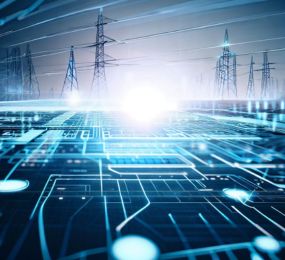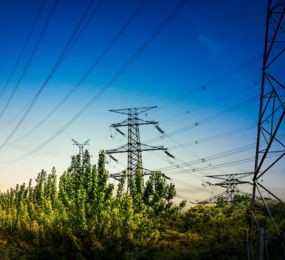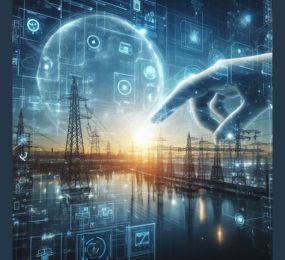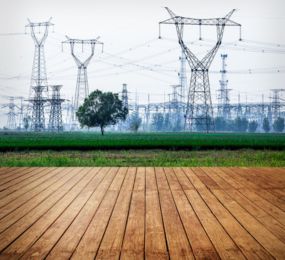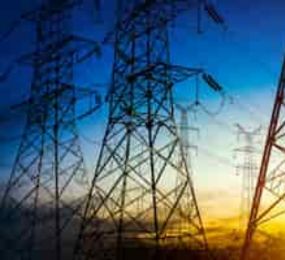Artificial intelligence (AI) is revolutionizing the power industry, particularly in the realm of autonomous grid control. This groundbreaking integration of AI technologies promises to transform how we manage and optimize power grids, making them more efficient, reliable, and resilient.
At its core, AI involves the use of algorithms and machine learning models to process vast amounts of data and make decisions without human intervention. In the context of power grids, AI can analyze real-time data from various sources, including sensors, smart meters, and weather forecasts, to make informed decisions about grid operations.
Real-Time Monitoring and Decision-Making
AI-enabled grid control systems continuously monitor grid conditions, analyzing data points such as voltage levels, load demand, and equipment status. This real-time monitoring allows for immediate detection of anomalies or potential issues, such as equipment failures or voltage fluctuations. AI algorithms can then make rapid decisions to address these issues, such as rerouting power flows or dispatching maintenance crews.
One of the key strengths of AI in grid control is its ability to predict and optimize grid performance. Machine learning models can analyze historical data to identify patterns and trends, helping grid operators anticipate future demand and potential grid disturbances. This predictive capability enables proactive grid optimization, reducing energy wastage and minimizing downtime.
Grid resilience is a critical concern, particularly in the face of extreme weather events and cyber threats. AI can play a pivotal role in enhancing grid resilience by autonomously responding to disruptions. For example, AI systems can reroute power flows to isolate affected areas, minimizing the impact of outages and speeding up recovery efforts.
AI-driven grid control also enables demand response and load balancing. Smart algorithms can communicate with connected devices, such as smart thermostats and appliances, to adjust energy consumption based on real-time pricing or grid conditions. This demand-side management reduces stress on the grid during peak periods and optimizes energy distribution.
AI in grid control contributes to a greener energy future by optimizing the integration of renewable energy sources. These technologies can forecast renewable energy generation and adjust grid operations accordingly, ensuring efficient utilization of clean energy sources like solar and wind.
AI and autonomous grid control represent a paradigm shift in the power industry. These technologies empower grid operators to make data-driven decisions in real time, enhance grid resilience, and pave the way for a more sustainable and efficient energy ecosystem. As AI continues to evolve, we can expect further innovations that will shape the future of power grids.
Visit our website to register and secure your spot today! click here: https://bit.ly/3peklYc
For more information and group participation, contact us: [email protected]



